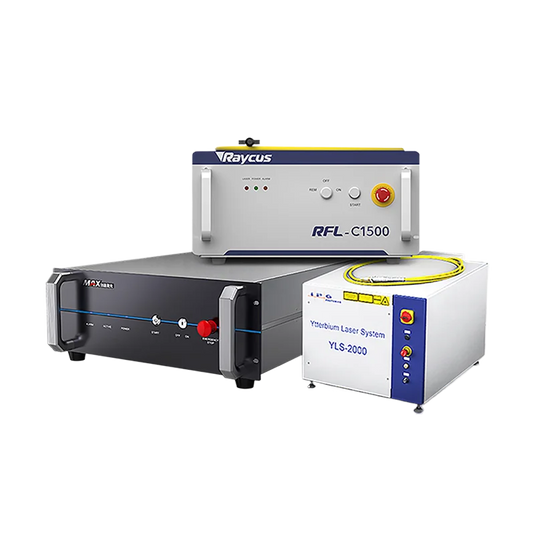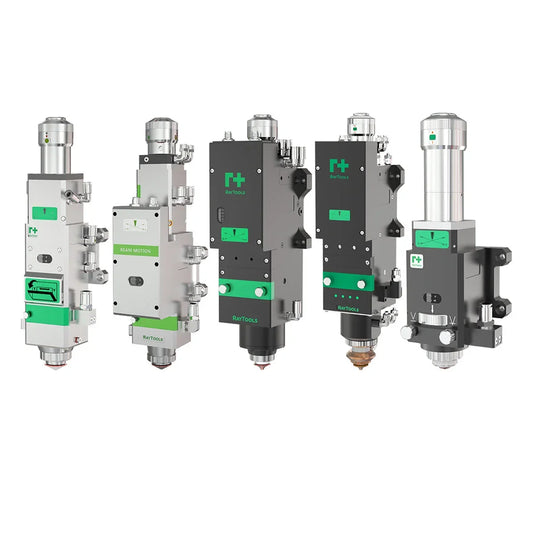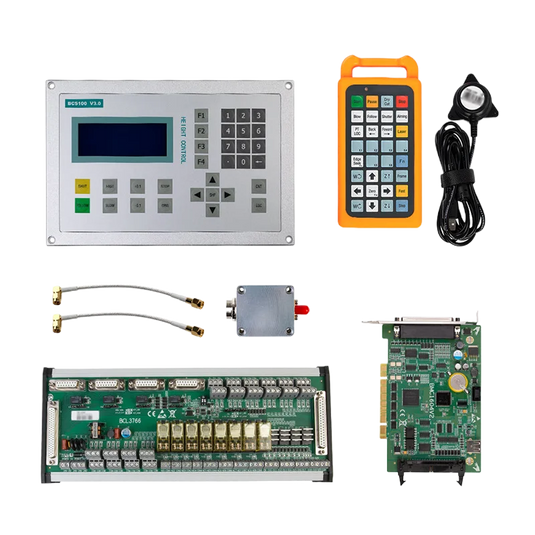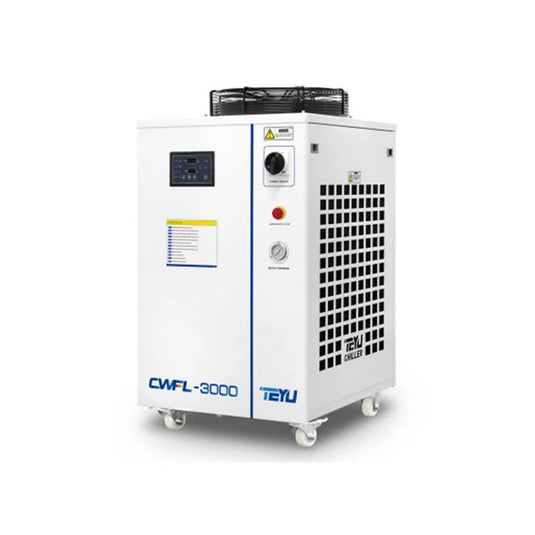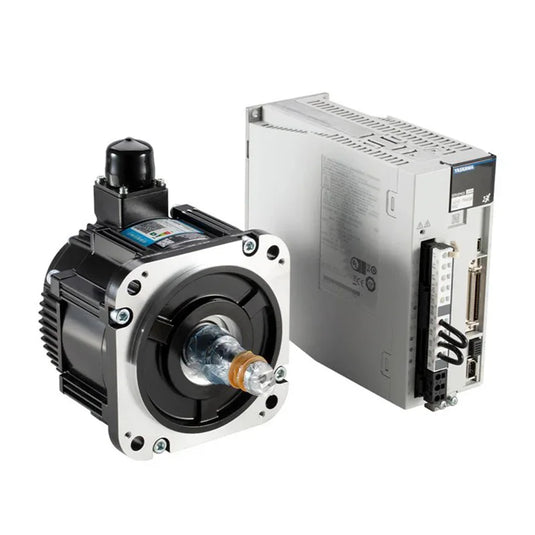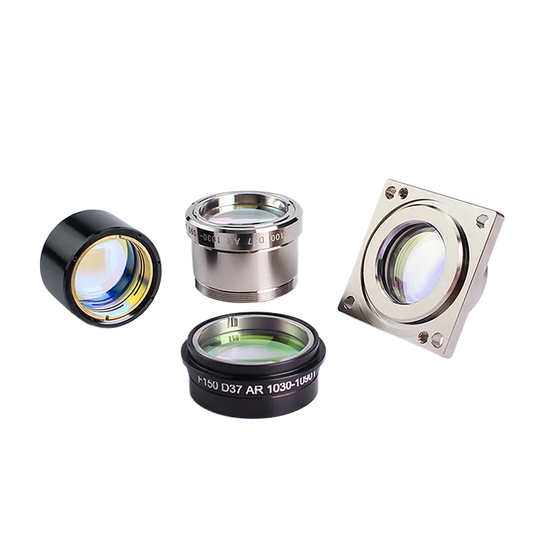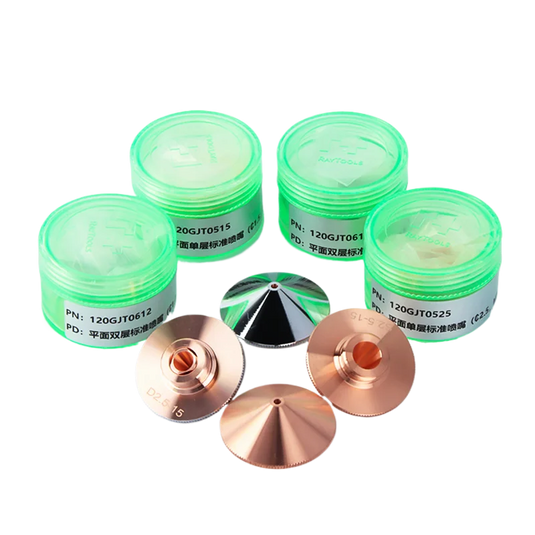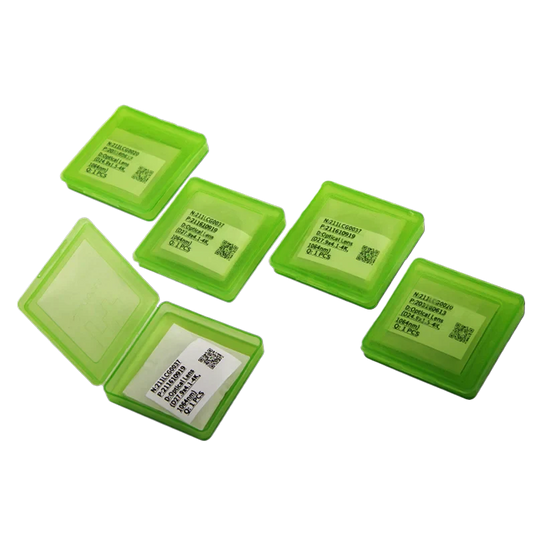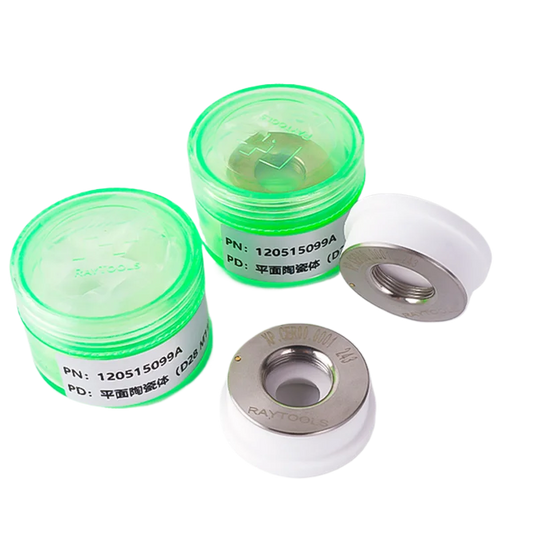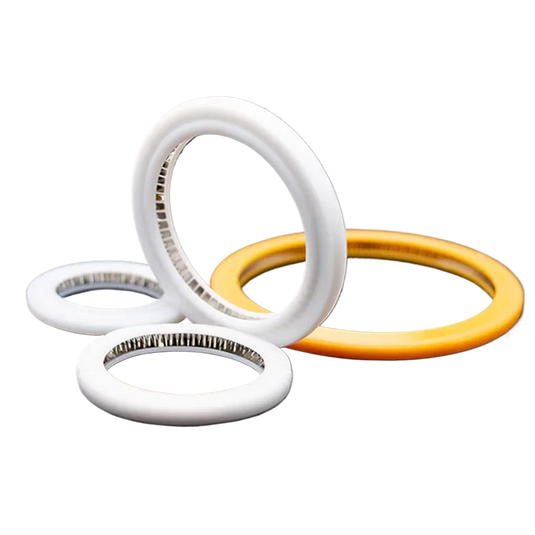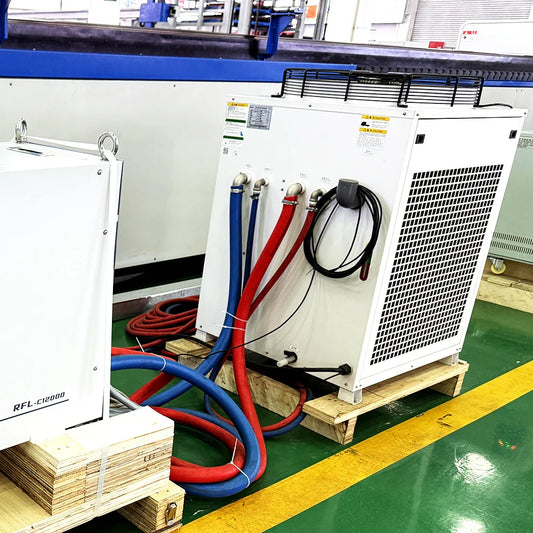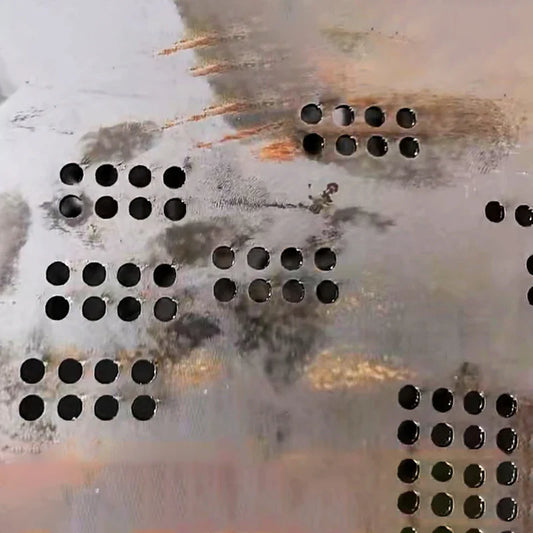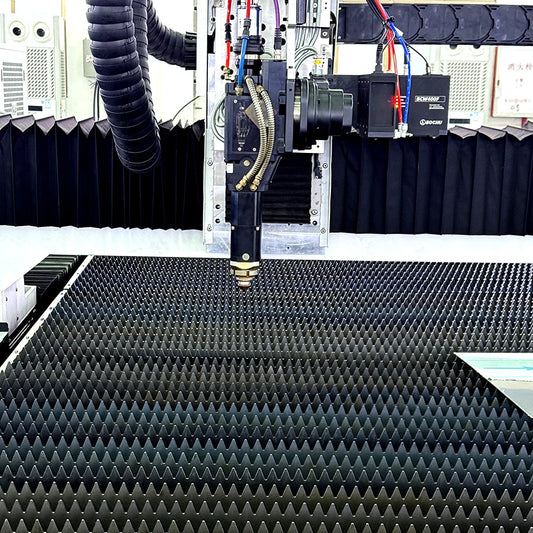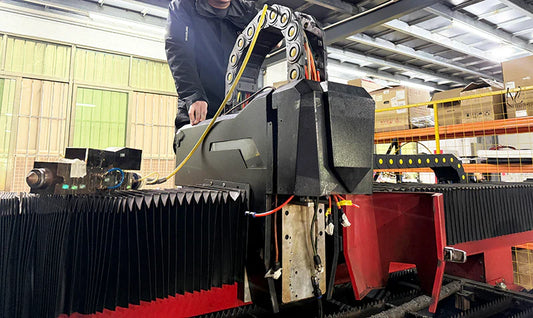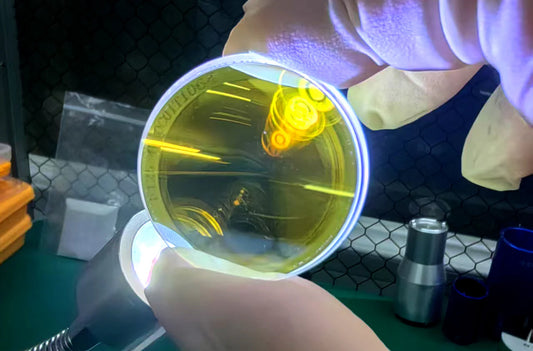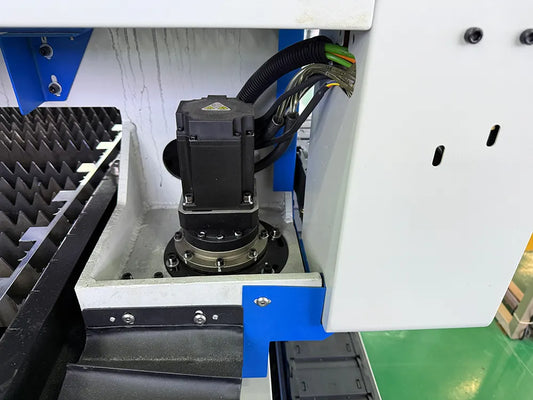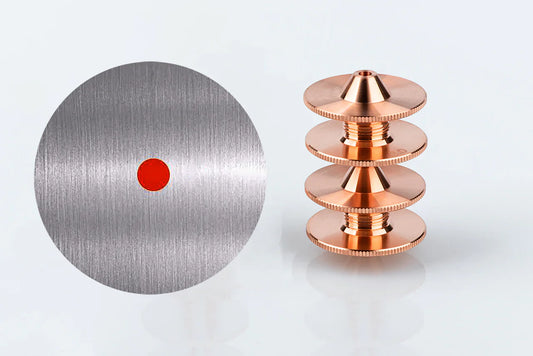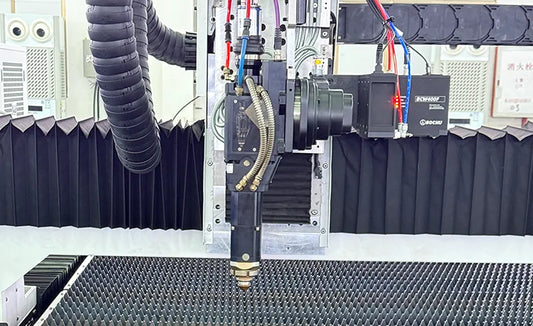How to Choose the Perfect Laser Cleaning Machine for Your Projects
When you choose a laser machine, it’s crucial to select the best laser cleaning machine for your needs. Picking the wrong equipment can lead to serious issues, such as safety hazards like fire risks in areas with flammable gases or liquids. Some machines may damage your materials or perform poorly on certain surfaces, including shiny metals or hard-to-reach spaces. You might also end up spending more on special maintenance supplies. Before you choose a laser machine, consider what you need to clean and compare Laser Cleaning vs. Sandblasting to determine which method is best for your application.

Key Takeaways
- Find out what materials and dirt you need to clean. This helps you pick the right laser type and settings.
- Match the laser power and type to your cleaning goals. This makes cleaning fast, safe, and effective.
- Pick a delivery system that fits your work. Use a handheld system for small parts. Use a robotic system for big jobs.
- Always put safety first. Use machines with good safety features. Wear protective gear every time.
- Test machines before you buy them. Choose trusted brands with good support and warranties.
Application Needs

Materials and Contaminants
First, figure out what you need to clean. Many industries use laser cleaning for different materials and contaminants. Continuous laser cleaners are best for metals like steel and aluminum. They take off rust, oil, and coatings with higher efficiency and wider scale. Pulsed laser cleaners work on metal and some non-metal things like wood, ceramic and stone. They remove rust, oil, paint, coatings, and graffiti without hurting the surface.
Tip: Always pick the right laser type for your material. This helps you get good results and keeps your items safe.
Here are some materials and contaminants you might see:
- Metals: steel, aluminum, stainless steel, and other alloys
- Non-metals: plastics, glass, wood, and composites
- Contaminants: rust, oxides, paint, coatings, grease, grime, carbon deposits, dust, oil, adhesives, biofilm, graffiti, mold, fire soot
Laser cleaning is used in many fields:
- Manufacturing: cleaning filters, rollers, and removing mold leftovers
- Automotive: cleaning engine parts, taking off rust, grease, and paint, getting ready for welding
- Electronics: removing dust, glue, and flux from circuit boards
- Art & Heritage: cleaning biofilm, graffiti, soot, and fixing delicate surfaces
- Industrial: cleaning turbine blades, engine parts, and big machines
Look at your workpieces and write down what you need to clean. This helps you pick the right laser machine and settings.
Cleaning Goals
Next, set your cleaning goals. Think about what you want to do with laser cleaning. Your goals can change based on your job and industry.
| Sector | Typical Cleaning Goals |
|---|---|
| Automotive | - Take off rust and oxides from steel parts without damage - Clean molds to save time - Get welds ready by removing dirt and spatter |
| Aerospace | - Get surfaces ready for bonding by removing oils and oxides - Remove paint without hurting composites - Keep turbines clean by removing carbon and heat marks |
| Heritage Restoration | - Clean stone and monuments safely - Fix artwork by removing dirt and varnish - Save documents by taking off mold without hurting paper |
You may want to:
- Make metal parts smooth and clean
- Take off old paint or coatings without hurting the base
- Get surfaces ready for welding or bonding
- Clean fragile artifacts or art without losing details
Laser cleaning is very precise and safe. You can clean things without hurting the base material. This saves money over time because you use fewer supplies and less labor. It also helps the environment since you do not use chemicals or make dust.
Note: When you know your cleaning goals, it is easier to pick a laser cleaning machine that works for you and gives you the results you want.
Laser Power

Picking the right laser power is very important. The power you choose changes how fast you clean. It also affects how safe your materials are. The price of the machine can go up or down with power. You should match the power to what you need to clean. Think about the material you want to work on.
Power Ranges
Laser cleaning machines have different power levels. Each level is good for certain jobs. If you use too little power, dirt or rust may stay. Too much power can hurt your workpiece.
Here is a table to help you pick the type and the right power range according to your needs:
| Laser Type | Power Range (Watts) | Recommended Applications and Substrates |
|---|---|---|
| Pulsed Fiber Laser | 50W - 1000W | Precision cleaning of molds, electronic components, cultural relics; minimal heat impact; removes oxidation, grease, coatings without substrate damage |
| Continuous Wave (CW) Laser | 1000W - 3000W | Large-scale rust removal, heavy paint and oil contamination on steel structures, pipelines; fast cleaning but higher heat input |
| CO₂ Laser | 10W - 500W | Cleaning adhesives, coatings, inks on non-metallic materials; preserves substrate integrity (e.g., anodized aluminum) |
When you use more laser power, you clean faster. The laser gives more energy and removes dirt or paint quickly. But too much power can make your material too hot or even melt it. Always match the power to the surface you are cleaning.
- More power means faster cleaning and more heat.
- Too much heat can cause cracks or melting.
- Less power is safer for thin or soft materials.
Delivery System
Picking the right delivery system helps you clean better and safer. You need to think about your workpiece’s size and shape. You also need to know how much you want to clean. There are two main types of systems. These are handheld and automatic or robotic.
Handheld
Handheld laser cleaning machines are easy to use. You hold the laser head and move it over the part. This is good for small or odd-shaped pieces.
Advantages of handheld systems:
- You do not touch the material, so it stays safe.
- You can clean many surfaces like metals, plastics, and glass.
- The laser head is light, so it is simple to carry.
- You can reach corners and curved spots.
- You do not need chemicals, so you save money.
- It is easy to use and you can watch your work as you clean.
- You can use it outside or in small spaces.
Limitations:
- The machine costs a lot at first.
- It is hard to clean very tight spaces or shiny materials.
- It does not work well for batch processing.
Automatic and Robotic
Automatic and robotic systems are best for batch jobs. They can be part of a factory line or work with robots. These systems clean the same way every time.
Benefits of automatic and robotic systems:
- They clean fast and do not stop your work.
- Every part gets cleaned the same way for good quality.
- Your team can do other jobs while the machine cleans.
- They work on many shapes and materials.
- Cleaning is faster and you get more done.
- You spend less money over time on energy and supplies.
| System Type | Best For | Key Benefits |
|---|---|---|
| Handheld | Small, complex, or irregular parts | Flexibility, easy to move, precise |
| Automatic/Robotic | Large, flat, or high-volume jobs | Speed, consistency, less manual work |
Note: If you have lots of parts to clean, automatic or robotic systems help your work go smoothly and keep results the same.
Choose Laser Machine Features
Safety
Safety is the most important thing when picking a laser machine. You must keep yourself and your team safe from laser dangers. Pick machines with emergency stop buttons and key switches. Safety shutters and warning lights are also important. These features let you stop the machine fast if there is a problem. There are strict safety rules all over the world. The table below lists some main safety rules and features:
| Category | Standard/Regulation | Key Safety Features and Requirements |
|---|---|---|
| IEC Standards | IEC 60825-1 | Laser safety classification, labeling, and protective measures against laser radiation to ensure operator safety. |
| IEC 60974-10 | Safety requirements for laser welding equipment including design, operation, and maintenance safety measures. | |
| IEC 62471 | Photobiological safety assessment focusing on laser radiation hazards to eyes and skin. | |
| ISO Standards | ISO 45001 | Occupational health and safety management system to identify and control workplace safety risks. |
| ISO 9001 | Quality management system ensuring product quality and regulatory compliance. | |
| ISO 14001 | Environmental management system to reduce environmental impact and promote sustainability. | |
| OSHA Regulations (USA) | 29 CFR 1910.95 | Noise exposure limits to protect hearing health in laser equipment environments. |
| 29 CFR 1910.133 | Requirements for personal protective equipment (PPE) such as goggles, gloves, and protective clothing. | |
| 29 CFR 1910.1200 | Chemical safety communication including safety data sheets for chemicals used in laser cleaning processes. | |
| EU Directives | Machinery Directive 2006/42/EC | Basic safety requirements for machinery, risk assessments, and CE marking for equipment safety and reliability. |
| Low Voltage Directive 2014/35/EU | Electrical safety to prevent hazards from high voltage in laser equipment. | |
| EMC Directive 2014/30/EU | Electromagnetic compatibility to prevent interference and ensure stable operation. | |
| RoHS Directive 2011/65/EU | Restriction of hazardous substances to reduce environmental and health impact. | |
| Best Practices | - | Risk assessments, PPE provision, laser safety training and certification, emergency response procedures, maintenance, audits. |
Tip: Always use the right safety gear and follow all safety steps.
Mobility and Interface
You need a machine that fits your space and cleaning jobs. Check if the laser machine is easy to move around. Some machines are small and can sit on a desk. Others are backpacks or look like luggage. Backpack types are light and simple to carry. Luggage types have wheels and strong cases for moving in factories.
A good user interface makes work easier. Many machines have touchscreens in many languages. You can change settings and fix problems fast. Some pulsed laser machines have up to 12 cleaning modes. These include straight line, spiral, or circle. You can pick a mode with one button called “Scanning Mode.” This helps you clean different shapes and surfaces well.
Laser cleaning makes dust and smoke. Machines with dust collectors keep the air clean. Good filters catch almost all dust. This keeps your workspace safe and helps your machine last longer.
- Machines with wheels or backpack straps help you clean in small or outdoor places.
- Touchscreen controls save time and make learning easy.
- Dust collectors keep you healthy and the area clean.
Support and Reliability
After you pick a laser machine, you need good support. Good companies give free help by phone, email, or chat. Some give training at your place and clear manuals. You get warranties for the whole machine and main parts. Fast help keeps your machine working and stops long breaks.
- Free training teaches setup, use, and care.
- Manuals and videos help you fix problems yourself.
- 24/7 help means you can get answers any time.
- Warranties keep your money safe.
Reliable machines work well for many years. You should check and clean the lenses every day. Check the beam and cooling each week. Do deep cleaning and update software every month. These steps keep your machine working and help you avoid big repairs.
Taking care of your machine and getting help when needed gives you the best results and keeps your machine working well.
Compare Brands and Decide

Top Chinese Brands
When you pick a laser machine, the brand matters. Many top brands make good laser cleaning machines for many jobs. Here are some of the best brands and what makes them stand out:
- Pendstar Laser: They use new technology and help customers after buying. Their machines work for small and big cleaning jobs.
- Dapeng Laser: They have many kinds of machines and do lots of research. You get great results and help anywhere in the world.
- DXTECH: They have over 300 patents. Their machines clean rust, oil, and coatings in many fields.
- SFX Laser: They focus on fast cleaning and keeping surfaces safe. Their products use smart new ideas.
- Baison Laser: They have almost 20 years of experience. They help customers all day and serve over 40 countries.
- P-Laser: They are known for precise fiber lasers and green cleaning. Their machines are good for careful jobs like old art.
Always check if the brand is trusted, has good help, and the right awards before you buy a laser machine.
Decision Checklist
Use this checklist to help you choose the best laser machine. It covers the most important things to think about:
- What will you clean? Write down the material, part size, and dirt type.
- Try the machine first. Ask for a test or sample cleaning.
- Pick how you want to clean. Use handheld for small parts, automatic for lots of parts.
- Choose the right power. Low for gentle jobs, medium for faster, high for tough dirt.
- Look at safety. Make sure there are emergency stops, shutters, and safety awards.
- Check for help and warranty. You should get training, spare parts, and at least one year of warranty.
- Make sure the machine fits. Check the size, if it moves easily, and if it works in your space.
- Think about price and how well it works. Do not pick just by cost or power.
Here is a table to help match your needs to machine features:
| Cleaning Need | Machine Feature to Look For |
|---|---|
| Metal or non-metal surfaces | Correct laser type and wavelength |
| Rust, paint, or oil removal | Proper power level and scanning speed |
| Delicate or industrial finish | Adjustable pulse duration and laser mode |
| Portable or fixed use | Handheld or automated delivery system |
| Safety and reliability | Certified safety features and good support |
Take your time to look at brands and use this checklist. You will find the best laser cleaning machine for your work. To pick the best laser machine, follow these simple steps: First, think about what you need to clean. Look at the size of the part, what it is made of, and what kind of dirt is on it. Next, choose a delivery system that works for your job. Then, make sure the laser power matches your cleaning needs. Always try out machines before you buy one. Ask experts for help if you are not sure what to pick. Keep the checklist close so you can check it fast. If you have questions or want a price, contact Pendstar Laser for help.
FAQ
-
What materials can you clean with a laser cleaning machine?
You can clean metals like steel, aluminum, and copper. You can also clean some plastics, glass, and stone. Always check if your material matches the laser type before you start.
-
Is laser cleaning safe for the environment?
Laser cleaning does not use chemicals or create much waste. You help protect the environment because you avoid harmful dust and toxic runoff. Always use safety gear to protect yourself.
-
How long does it take to clean a part with a laser machine?
Cleaning time depends on the power of your machine and the size of the part. Small parts may take a few minutes. Large or dirty parts may take longer. You can ask for a test to see real results.
-
Do you need special training to use a laser cleaning machine?
Yes, you should get training before you use a laser cleaning machine. Training helps you use the machine safely and get the best results. Many companies offer free lessons and support.
-
Can you damage the base material with laser cleaning?
If you use the right settings, you will not damage the base material. Always test on a small area first. Use lower power for soft or thin materials. Increase power only if you need faster cleaning.

